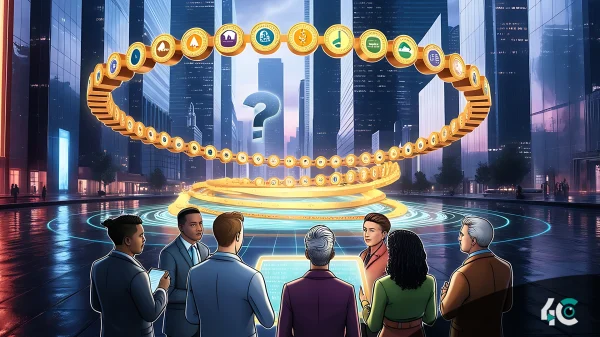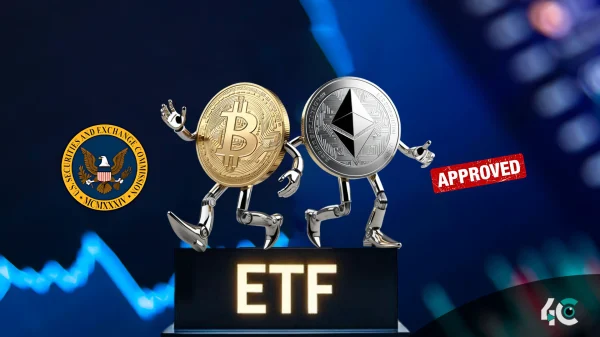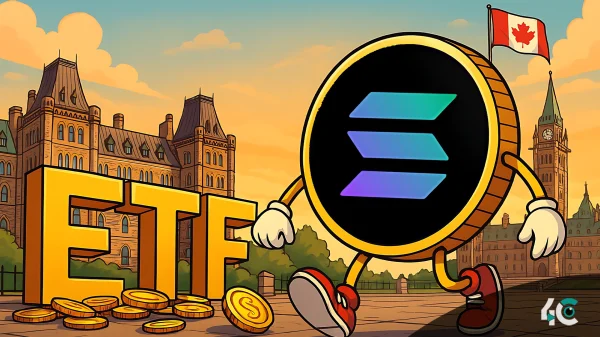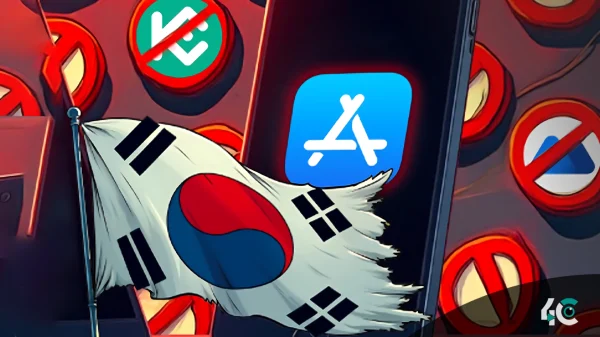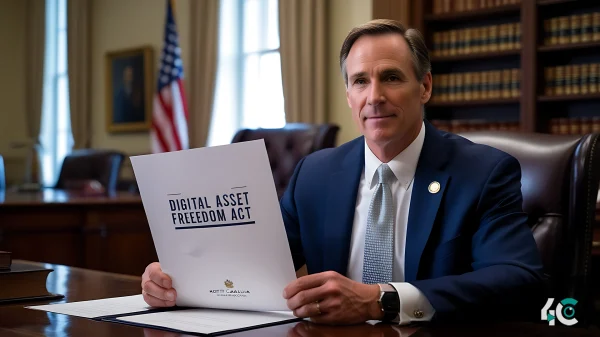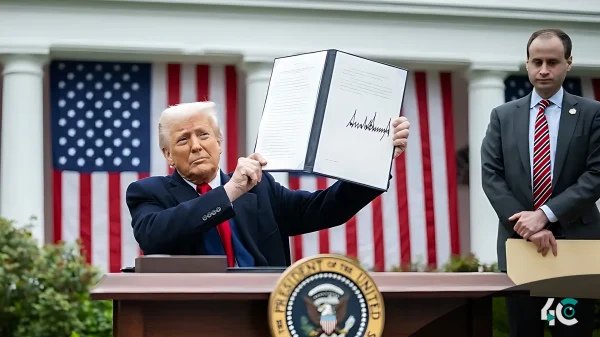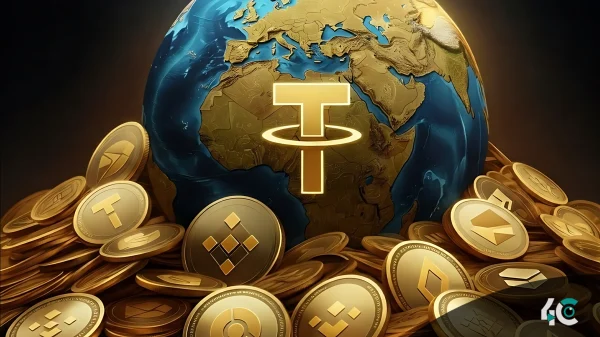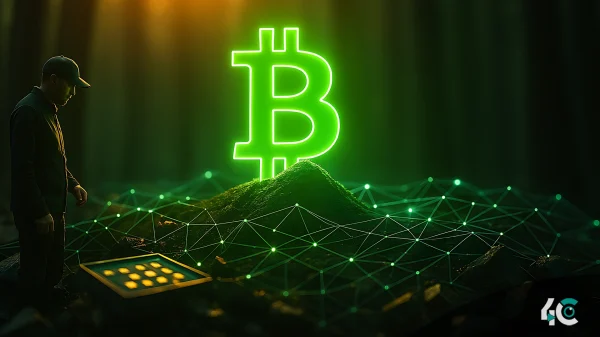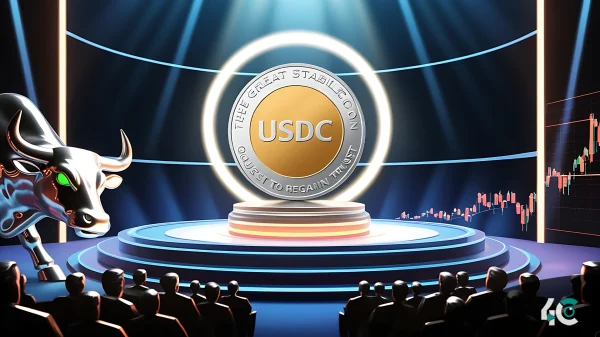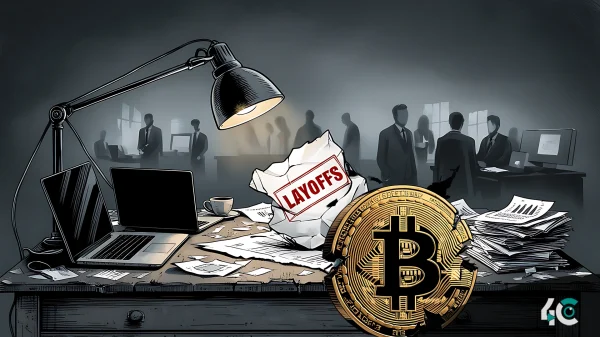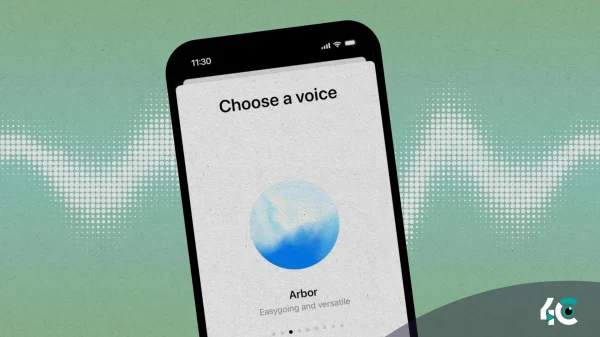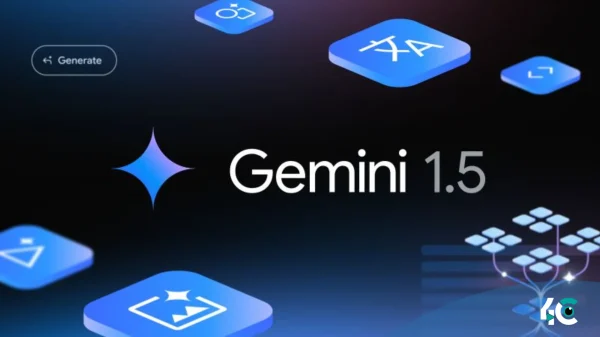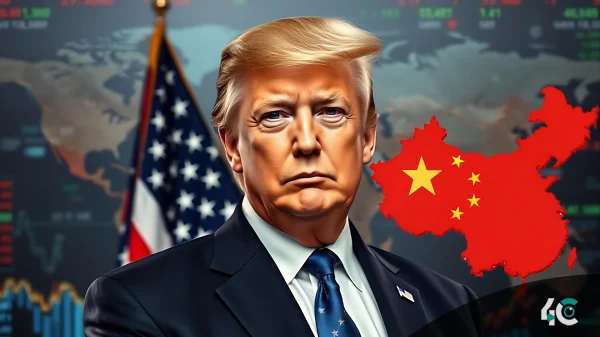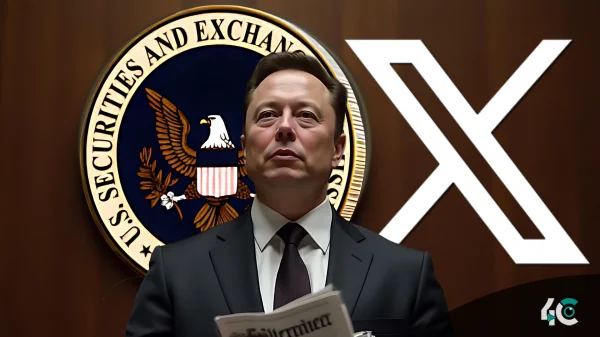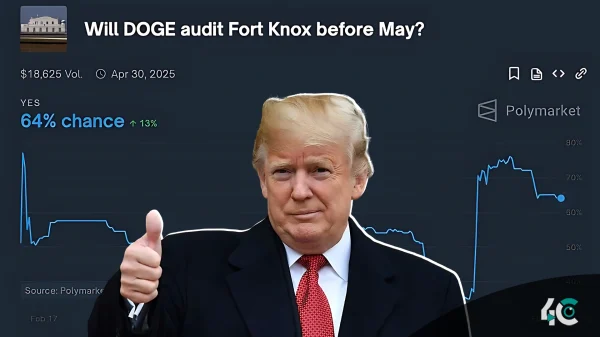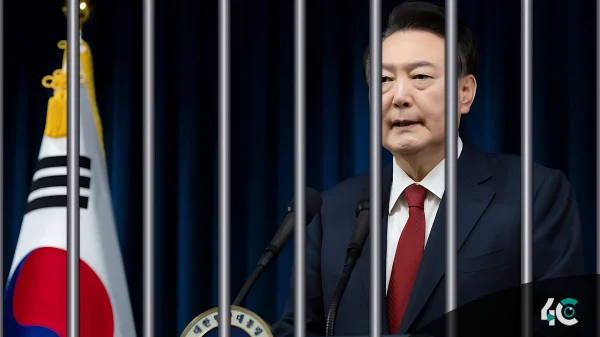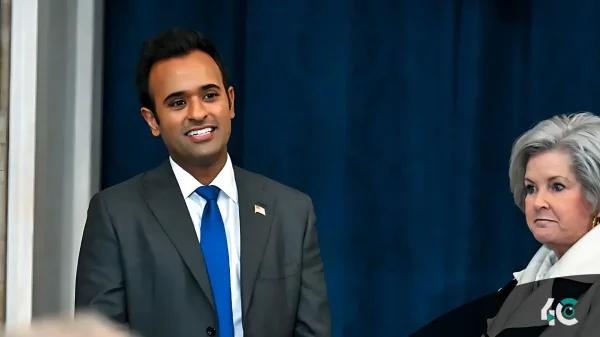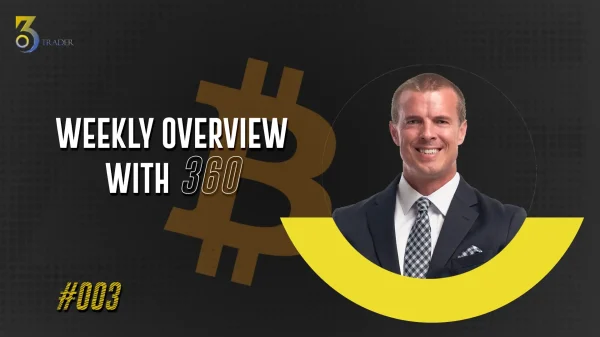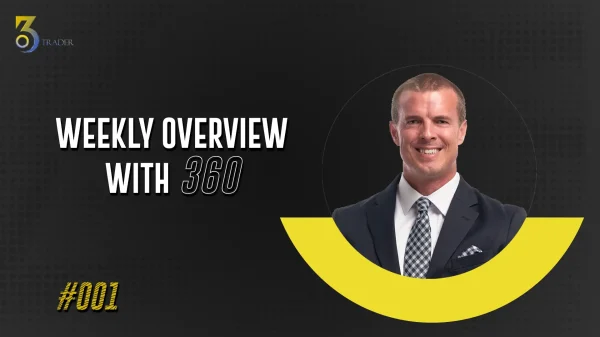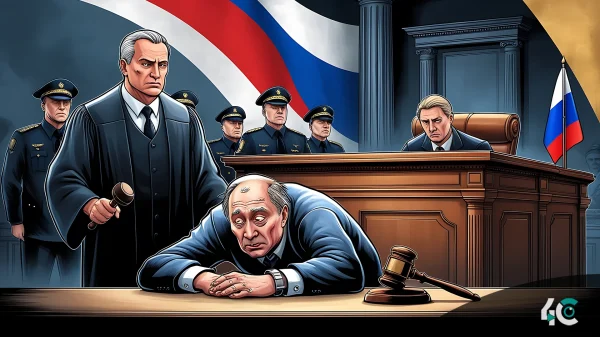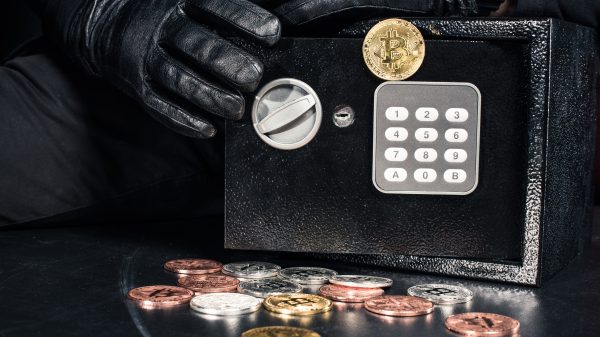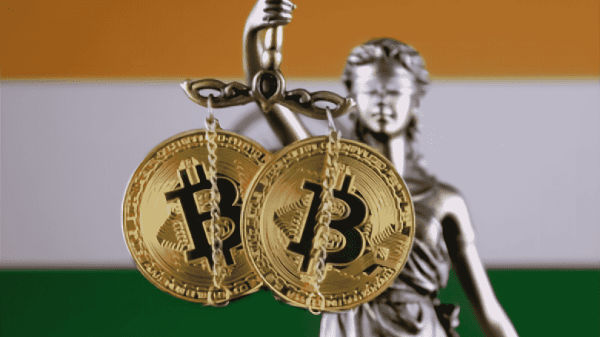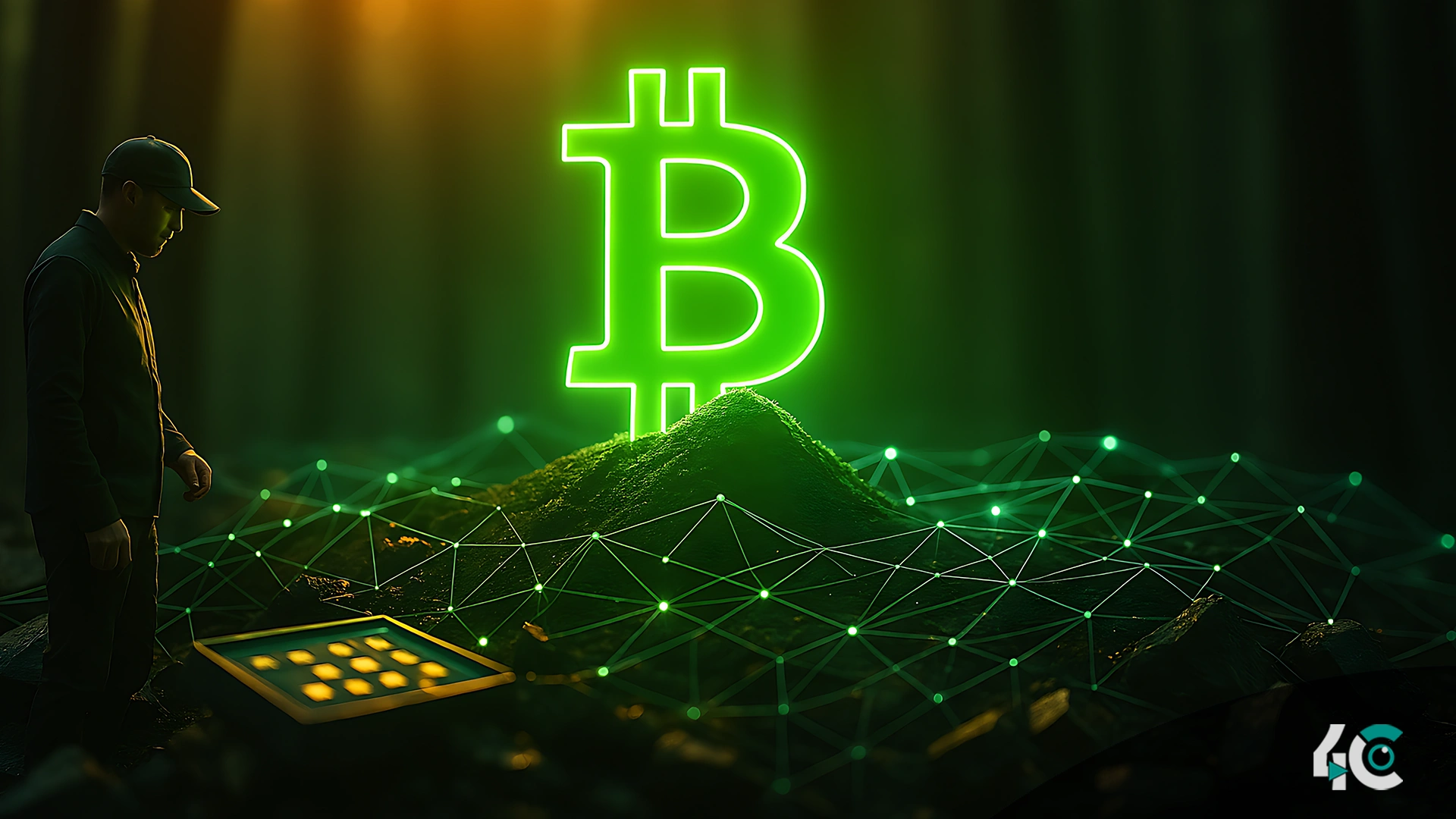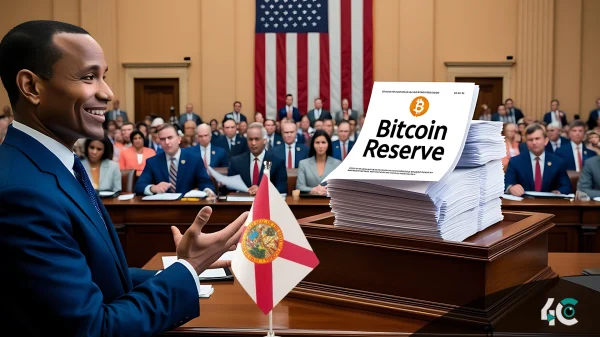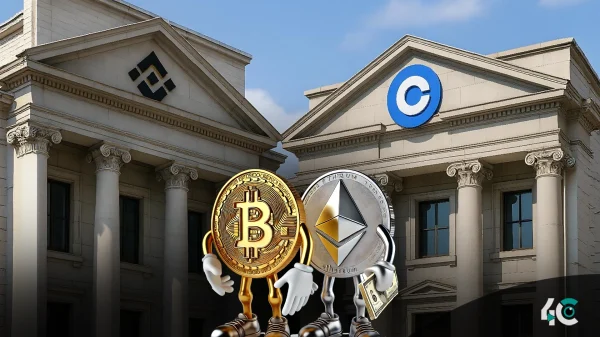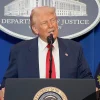After a major market shakeup, USDC faces challenges in restoring user trust and maintaining stability in the stablecoin space.
The Rise and Stumble of USDC.
Circle developed USDC to maintain stability in the cryptocurrency world. The majority of the reserves are made up of cash and US Treasury bills. Backed 1:1 by reserves primarily composed of cash and short-term U.S. Treasury bills, USDC quickly became one of the most widely used stablecoins, powering everything from decentralized finance (DeFi) platforms to cross-border payments.
But cracks began to show during periods of market stress. In March 2023, USDC’s pegs broke when banking troubles began after the collapse of the Silicon Valley Bank, a key partner of Circle. The stablecoin fell to $0.87 for a brief while in March 2023, sparking doubt among investors about reserve backing. Though USDC eventually got back on track, it has left a scar on its reputation.
Competitors Seize the Moment.
Competitors seized the opportunity to gain traction while USDC fought to recover. Tether (USDT), a stablecoin with a questionable past, saw its market cap surpass $100 billion as its dominance solidified. Other stablecoins, like BUSD from Binance, saw an increase in their market caps, while DAI and FRAX also increased in the wake of USDC’s struggles.
The rise in the use of state-backed digital currencies is even worse for USDC. As central bank digital currencies (CBDCs) emerge, private stablecoins will soon find their usefulness in jeopardy unless they quickly adapt to the changing technology and regulations.
Can the USDC Rebuild Trust?
USDC needs to address the concerns and issues identified by people as a priority. Here are some steps that could help.
Enhanced Transparency.
By releasing monthly checks of its reserves, Circle has already enhanced transparency. But skeptics say that third-party audits and real-time reporting would give more assurance. Using blockchain to prove they have reserves could help.
Diversified Reserves.
During the Silicon Valley Bank crisis, concentrating on certain banks or financial institutions became a risk. Holding reserves with many banks (or even better—switching to fully collateralized, on-chain assets) could reduce systemic risks.
Regulatory Compliance.
With the worldwide regulators narrowing the space for the stablecoins, compliance is the key. Circle has positioned itself as a leader in compliance, but this will be a more difficult job with evolving regulations.
Community Engagement.
Strengthening ties with the crypto community through open dialogue and educational programs can help restore trust. By spotlighting areas for USDC’s use beyond that of trading—remote work, micropayments, and DeFi applications—we may reinforce confidence in the stablecoin’s underlying value proposition.
Market Sentiment: A Mixed Picture.
Investor sentiment remains mixed. Many people think that the recent issue was just a one-time thing. They still think the USDC has a lot of backing and a track record. Some experts still doubt the viability of centralized stablecoins becoming truly resilient in a decentralized world.
According to the statistics, the USDC market share is stable post-crisis but slow growth compared to rivals. Its ability to innovate and the ongoing skepticism will determine whether it can regain its lost territory.
A Look into the Future of Stablecoins.
The battle for stablecoin supremacy is far from over. With growing competition, increasing oversight by regulators, and advancements in technology, this sphere is ripe for upheaval. To survive, USDC needs to not just earn trust but also show leadership in the new world of stablecoins.
Are you sure about that? What we really want to consider is whether centralized stablecoins, such as USDC, can coexist with decentralized alternative coins and potential CBDCs. If Circle is able to successfully maneuver all the challenges mentioned above, USDC could emerge stronger from this episode, showcasing the ability to survive the great stablecoin showdown.

